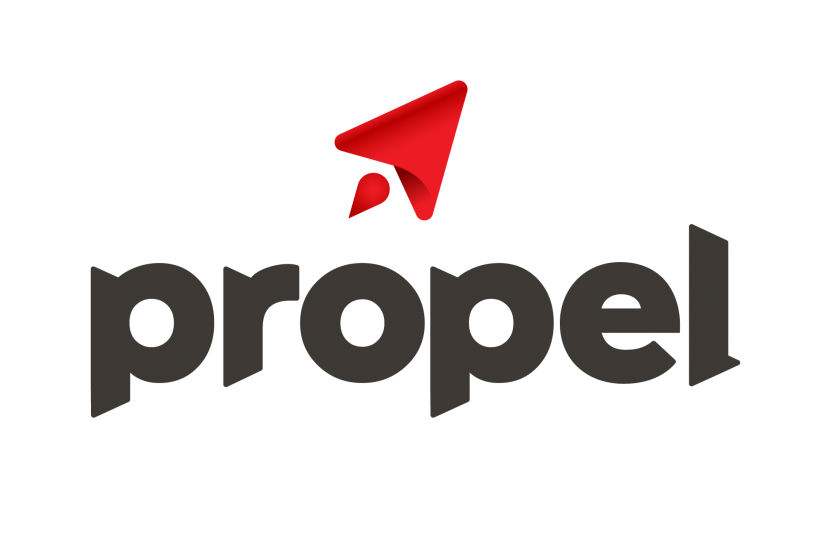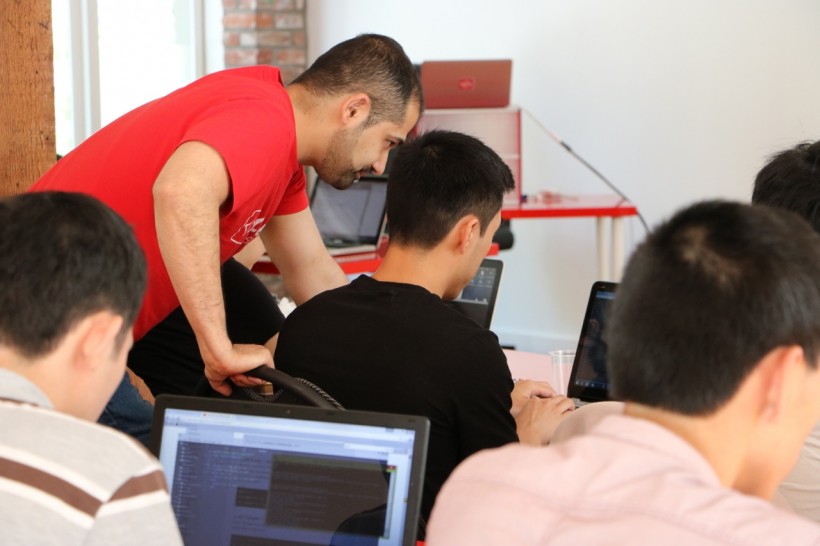When Josh Davies learned the next nine-week programming course at CodeCore began in a few days, he cancelled his flight to Barcelona. And he’s glad he did.
Davies was taking a sabbatical from his IT job at Oracle’s Vancouver office because he wanted more creativity in his life and was planning to spend time in the Spanish city. But then he learned of CodeCore, an application and web development school that offers coding bootcamps.
“Without the bootcamp, there’s no way I would have been able to jumpstart my freelance career,” said Davies, who was offered a six-month contract as a developer the day after he completed the course.
Davies is just one programmer who has benefited from the coding academies, which focus on learning as doing.
In Oct. 2014, the New York Times reported that since 2012, more than 60 coding academies have opened in the U.S. Most of their teachers are professional developers, and they teach students the skills and coding languages they need to succeed in creating programs and applications for real-world clients. Most academies base grades on projects instead of papers or memorization tests.
The Times article said three-quarters of these schools’ graduates are employed, and that has certainly been the experience of Canadian code academies. CodeCore owner Tam Kbeili said almost 100 percent of his students are employed after finishing his program.
“A lot of more traditional institutions are not necessarily offering these types of programs,” said Duncan McCall, founder of Toronto digital education school BrainStation Academy. “A computer science degree is different than building web applications.”
Coding academy students hail from all backgrounds. They can be recent high school graduates, career changers, and employees sent by their employers to sharpen their skills.
Many students see coding skills as the key to a future with a job and a good salary. The Times reported that those employed after graduating from the coding academies averaged an annual income of $76,000.
“It’s very satisfying seeing people doing something great with their lives,” Kbeili said.
But coding academies aren’t cheap. CodeCore’s nine-week, full-time program costs $7,600 and BrainStation’s 10-week coding bootcamp is $6,000.
CodeCore offers $500 off for female and mature veteran students to encourage greater diversity in the tech sector. Both BrainStation and CodeCore offer payment plans to allow for payment flexibility.
Kbeili said that coding academy prices look expensive upfront, but not in comparison to a four-year computer science degree. Plus, the UBC computer engineering graduate added, the job prospects are greater.
“You’re paying a lot less for a much shorter time span,” he said.
With employers seeing the benefits of coding academies, many send and pay for their employees to participate.
BrainStation offers courses designed for specific fields, such as visual design and digital marketing.
“It can cost hundreds of thousands—if not millions—of dollars when mistakes are made,” McCall said, “just because people don’t understand what can and can’t be done or they can’t communicate properly with their technical team.”
McCall said that everyone can benefit from learning coding.
The experience was certainly beneficial for Josh Davies, who also got to make his trip to Barcelona, a few months later than he’d planned.
Once Davies completed his six-month contract, he became a freelance developer. He’s been a working and successful freelance developer for the past year and a half, and travels around the world for work. That’s how he wound up in Barcelona for a month.
“For me, [CodeCore] was 100 percent the right decision,” he said. “Coding is very creative. There’s always the challenge because there’s five ways to do it, you have to find the best way to do it.”










